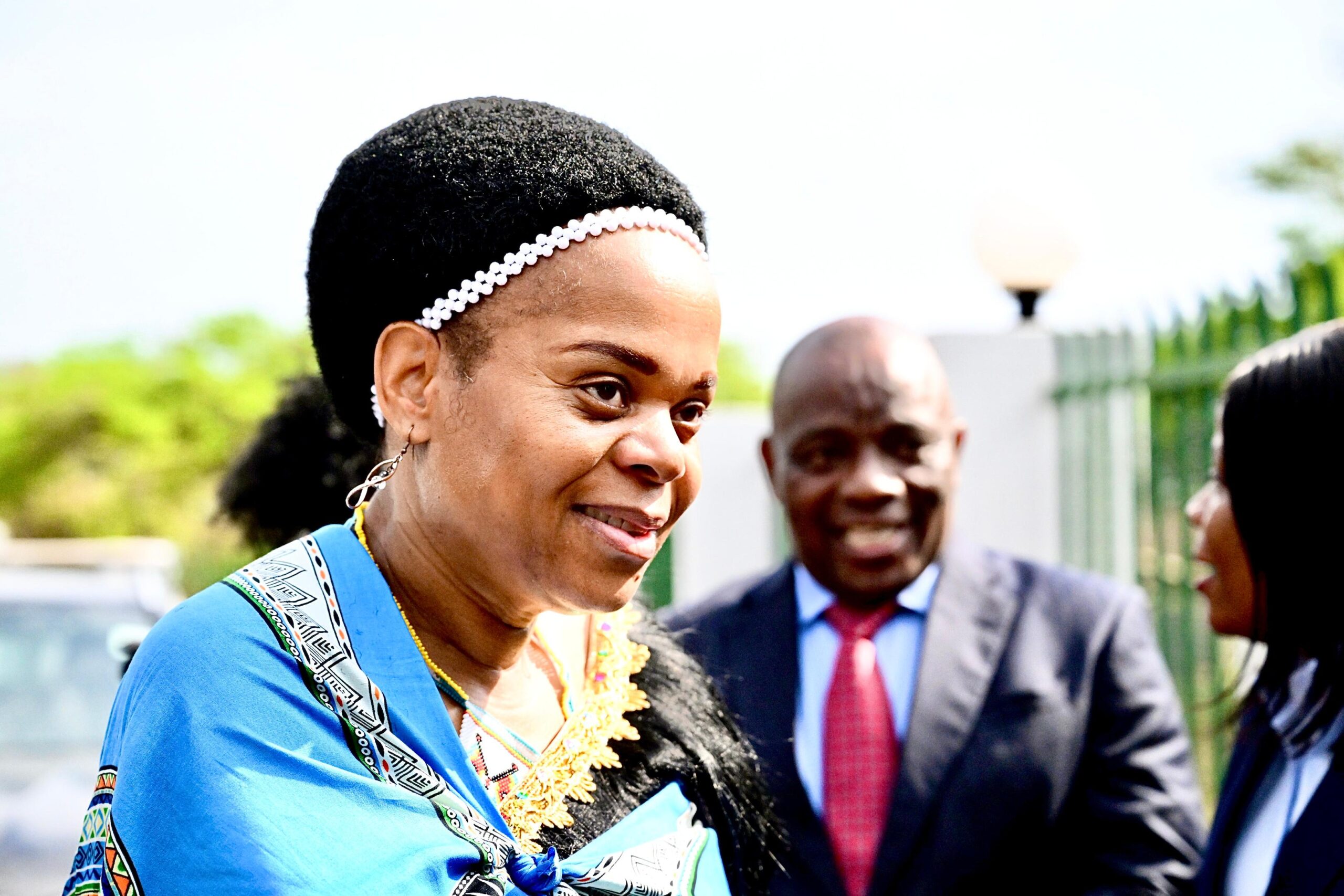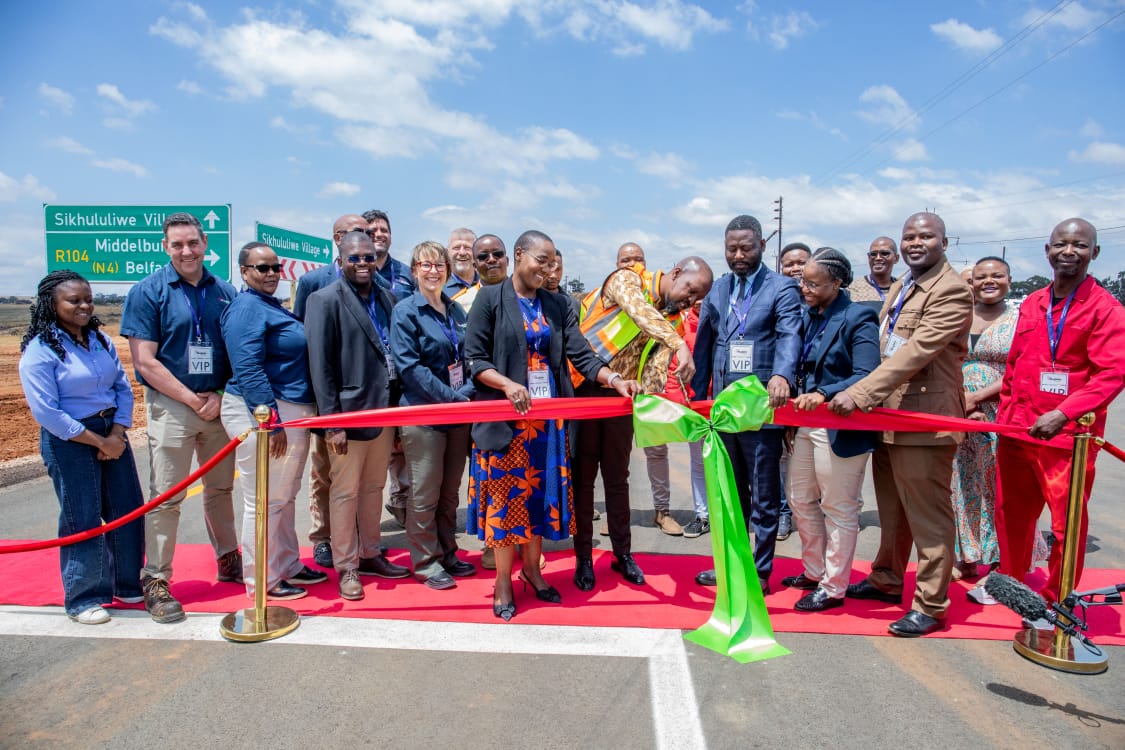By Montsho Matlala
Mbombela – Hundreds of households in Mpumalanga are set to breathe a sigh of relief as a major project to remove hazardous asbestos roofing continues during the current financial year.
Asbestos has long been identified as a serious health risk. When inhaled, its microscopic fibres can lodge in the lungs, potentially leading to asbestosis — a chronic and often fatal lung disease, according to health experts.
“A budget of R71 million has been allocated by the Mpumalanga provincial government for the 2025/26 financial year to continue the removal and replacement of asbestos roofs,” said Freddy Ngobe, Head of Department at the Mpumalanga Department of Cooperative Governance, Human Settlements and Traditional Affairs (CoGHSTA), speaking to Timeless News.
He confirmed that 329 houses have already been cleared of asbestos under Phase 1 of the project, with 213 of those completed in the 2024/25 financial year.
“For the current financial year, 600 houses have been identified for inclusion in Phase 2. These are located in municipalities such as Victor Khanye, Thaba Chweu, and Thembisile Hani,” Ngobe explained.
A panel of seven certified contractors has been appointed to carry out the removal, disposal, and replacement of asbestos roofing. The old materials are being replaced with Inverted Box Rib (IBR) corrugated roofing sheets, known for their durability and safety.
Ngobe further revealed that approximately 20,056 houses in the province still have asbestos roofs. Due to high costs and limited budget allocations, a phased approach has been adopted. Phase 1 focused on areas within the Nkomazi, Bushbuckridge, Dr JS Moroka, Dipaleseng, and Chief Albert Luthuli municipalities.
In a significant public event, Premier Mandla Ndlovu, CoGHSTA MEC Speed Mashilo, and several mayors and government officials are expected to visit Mantjolo-Manzana, under the Chief Albert Luthuli Local Municipality, on Wednesday, 6 August. They will symbolically hand over refurbished houses and announce the acceleration of the asbestos eradication programme.
Given the scale of the problem and associated costs, the provincial government confirmed that the project will be funded over multiple financial years.







